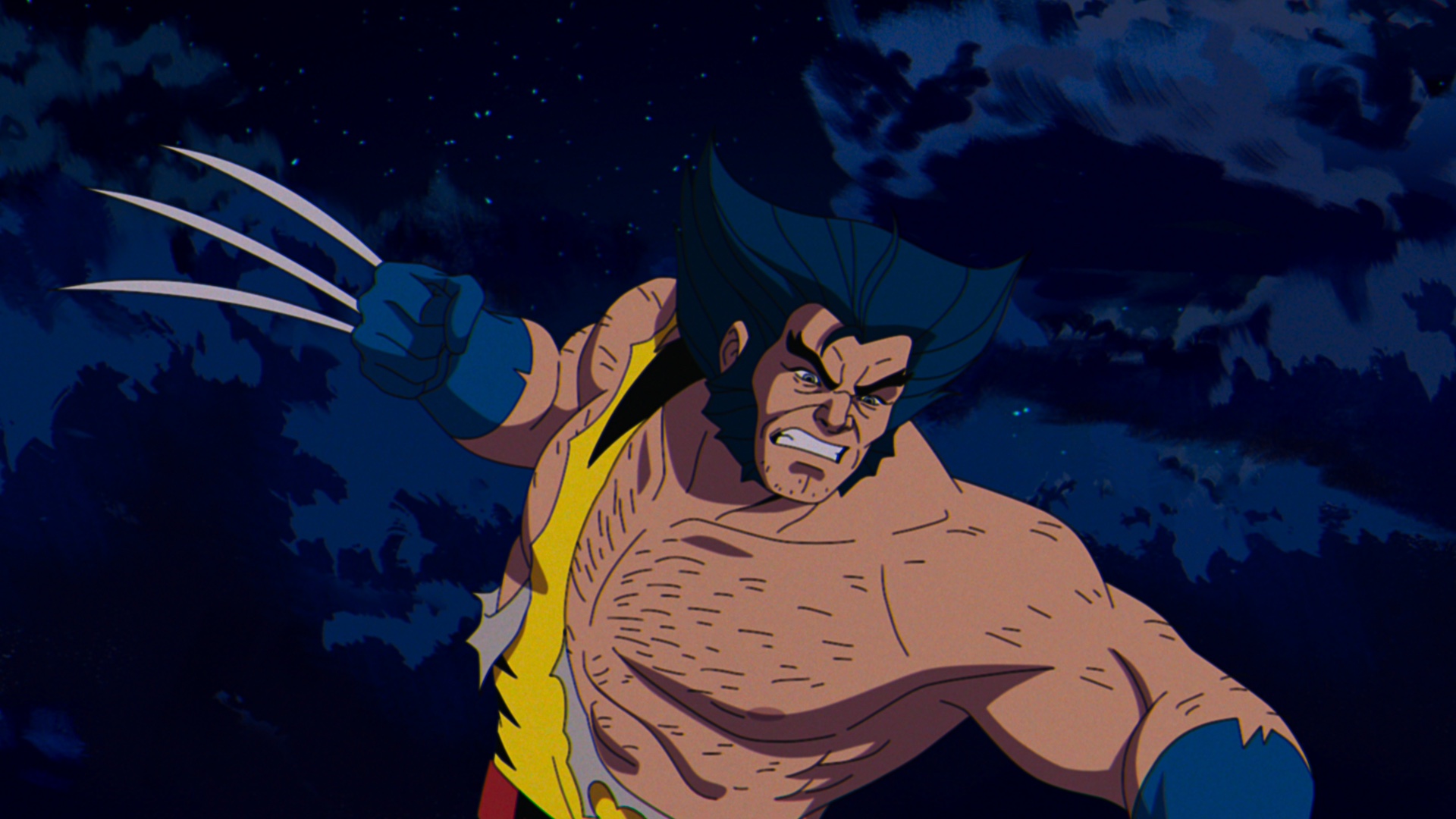Wolverine #75 (1993), written by Larry Hama and penciled by Andy Kubert, deals with the immediate aftermath of Magneto’s attack, in which the X-Men hurry to save their friend. The issue builds to a shocking moment when Wolverine pops claws made of bone, revealing that they’ve always been part of his mutation, not just an extension of the Adamantium.
The more important discovery took longer to unfold, and struck at the heart of Wolverine as a character. In his first appearances, Wolverine was a wildcard on the X-Men, given to berserker rages that drove him wild with anger. An unrequited love for Jean Grey gave Wolverine a degree of depth, but otherwise he was the monster you wanted on your side.
Over the years, writer Chris Claremont and his collaborators leavened Wolverine’s bestial side with a haunted nobility. That came to the fore with the first Wolverine miniseries from 1982, written by Claremont and penciled by Frank Miller. That miniseries presented Logan as a ronin, a failed samurai who could never obtain the honor he so richly deserved. The best Wolverine stories explored that tension, presenting him both as a man capable of great good, as when he mentors young people like Kitty Pryde and Jubilee, and capable of tremendous violence.
In light of that tension, Wolverine #75 found Logan at his most tragic. At first, the loss of the Adamantium seemed to also take away his healing factor, leaving Wolverine the most vulnerable that he’s ever been. He left the X-Men and traveled the world, picking fights with old enemies such as Lady Deathstrike to prove he still had it in him.
But after a near-death experience with Deadpool, Wolverine’s healing factor came back with a vengeance. No longer needing to focus on mitigating the effects of the Adamantium in his body, the healing factor started to change Wolverine.
At first, his fellow X-Men assumed that he grew more angry because of the traumatic experience and that he fought harder to regain an edge that the unbreakable metal once provided. But then the truth came out: Wolverine was becoming feral. After seemingly killing Sabertooth, Wolverine effectively devolved, growing hairier, angrier, and losing his ability to speak. In fact, his face even became more animalistic, with his nose disappearing and his teeth sharpening.
